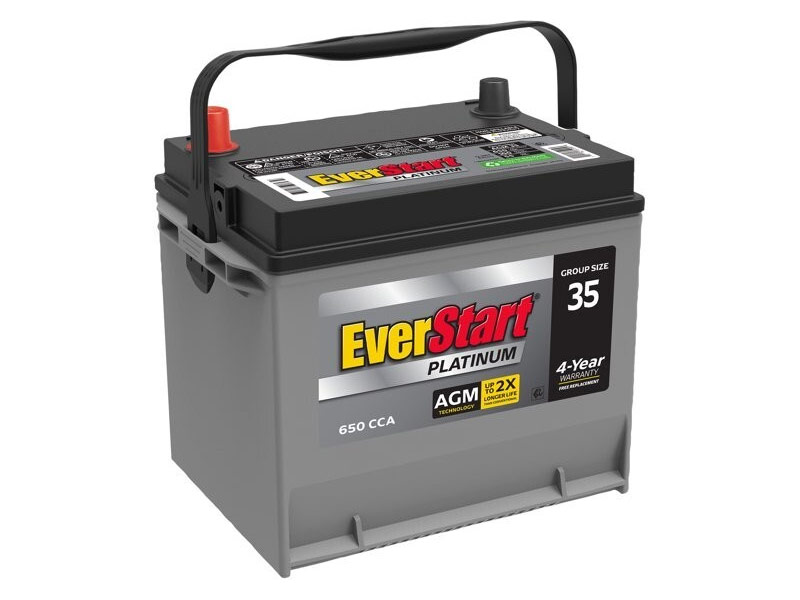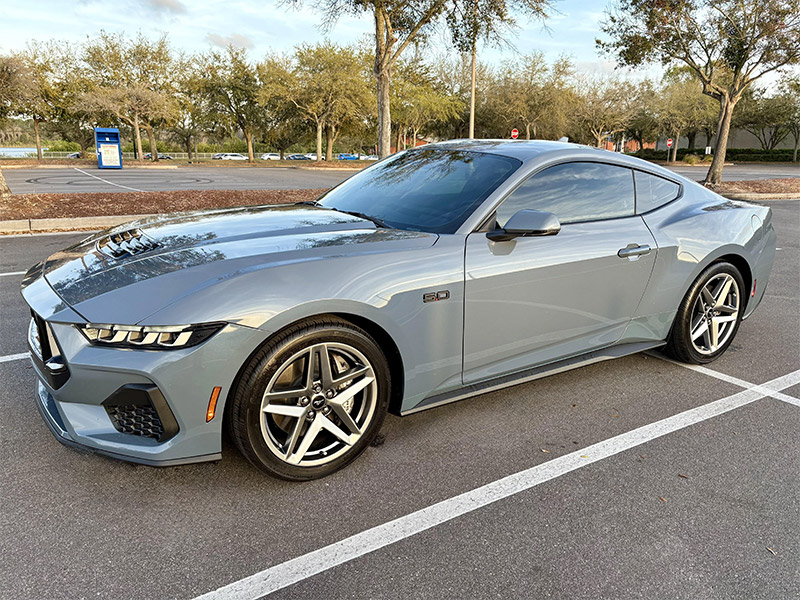
The automotive industry is experiencing a seismic shift, with drivetrain technology evolving faster than ever before. Mechanics, who traditionally dealt with internal combustion engine (ICE) systems, are now encountering an increasingly varied landscape that includes electric, hybrid, and even hydrogen-powered drivetrains. Staying up-to-date on these advancements isn’t just beneficial; it’s becoming essential. By understanding future trends, mechanics can ensure they remain valuable resources in a rapidly transforming industry and adapt their skills to meet emerging demands.
Electric drivetrains are at the forefront of this evolution, largely due to environmental pressures, government regulations, and advances in electric vehicle (EV) technology. Electric vehicles, which rely on a fully electric drivetrain, offer significant benefits in terms of energy efficiency and emissions reduction. These vehicles use electric motors, often powered by advanced battery management systems (BMS) that regulate power distribution and ensure optimal performance. As more consumers opt for electric vehicles, mechanics are increasingly required to understand and work with these high-voltage systems. This requires new safety protocols, specialized training, and tools specifically designed for EV maintenance. For many in the automotive repair field, this shift represents both a challenge and an opportunity to expand their expertise.
In addition to electric drivetrains, hybrid drivetrains are also becoming more prominent as they bridge the gap between traditional gasoline engines and fully electric systems. Hybrids combine an internal combustion engine with one or more electric motors to improve fuel efficiency and reduce emissions. There are various configurations of hybrid systems—such as parallel, series, and plug-in hybrids—each with its unique components and maintenance requirements. One key aspect of hybrid technology is regenerative braking, which captures and stores energy during braking to improve efficiency. For mechanics, working with hybrid drivetrains means familiarizing themselves with both conventional engine components and the electric systems that complement them. Diagnostic procedures and tools for hybrids are different from those used for standard ICE vehicles, meaning mechanics must often adapt their workflows.
While electric and hybrid vehicles dominate current trends, hydrogen fuel cell drivetrains are another promising technology on the horizon. Hydrogen-powered vehicles use a chemical process within the fuel cell to generate electricity, emitting only water vapor as a byproduct. Although still in early stages, hydrogen vehicles offer the potential for longer range and shorter refueling times compared to battery-electric vehicles. However, they also come with their own set of challenges, such as the need for specialized hydrogen storage and handling protocols. For mechanics, the growing popularity of hydrogen fuel cells may soon mean learning to work with entirely new types of equipment and understanding the nuances of hydrogen safety.
Finally, advancements in drivetrain technology also extend to improvements in connected and smart drivetrains. With increasing integration of sensors and smart technologies, modern drivetrains can communicate real-time data about vehicle performance, predictive maintenance, and diagnostics. For instance, predictive analytics can detect potential issues before they become critical, allowing mechanics to address problems early and improve vehicle longevity. This shift toward connected technologies means that mechanics will need to develop an understanding of vehicle communication systems and data analysis to provide accurate diagnostics and maintenance.
In this landscape of rapidly evolving automotive technology, mechanics play a pivotal role in supporting the transition to these innovative drivetrains. Understanding the mechanics of electric, hybrid, and hydrogen drivetrains, as well as the impact of connected systems, will enable mechanics to stay relevant and prepared for the future. By embracing these advancements, mechanics can continue to provide top-notch service, ensuring they remain indispensable in the era of next-generation automotive technology.

